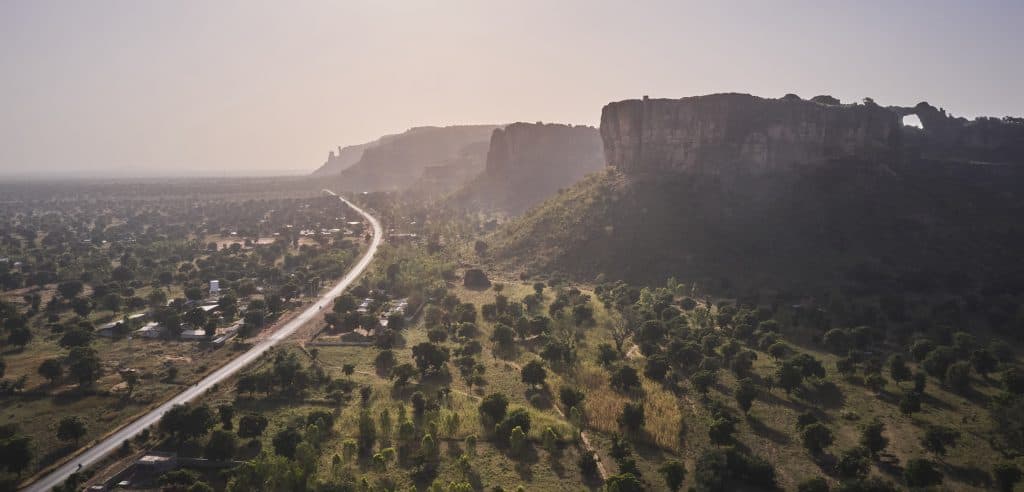Collaboration and challenges – the beginnings in Siby

The CAAS has an “S” in its name because of Siby: Centre Agro-Alimentaire à Siby. Originally, the center was supposed to be built there after the Malian government offered five hectares of state-owned land.
However, it soon became apparent that the situation was more complicated: Mali has neither a land register nor a cadastre, and many areas are encumbered with old rights of use, often passed down through generations, some dating back to pre-colonial times, some to colonial times, and some to the period since Mali’s independence. This resulted in confusing claims that could not be clarified despite intensive efforts.
In 2018 and 2019, CAAS initially invested in the expansion of the campus and annex in Siby. When the conflict over the planned site came to a head, CAAS took the logical step in spring 2020 and abandoned the Siby location.
Meeting Kalassa

The village of Kalassa had already contacted CAAS in 2017. A storm had blown the roof off the primary school, and with the support of the association Häuser der Hoffnung e.V. (Houses of Hope), the school was rebuilt. This rapid assistance established a relationship of trust between the village and CAAS.
When CAAS later sought new land for its work, Kalassa offered two plots:
- one hectare in the middle of the village for the school garden,
- five hectares of rugged terrain on the edge of the mountain, located directly on the national road.
The land was given to CAAS free of charge. In return, there was no money, but rather the prospect of support in matters of village development.
With the decision in favor of Kalassa, CAAS gained a permanent location that is supported by the village population. For Kalassa, the partnership meant visible improvements in the following years: employment opportunities, better schooling, a health station, a water supply, and much more.
The collaboration has proven successful for both sides and continues to form the basis of CAAS’s work to this day.

